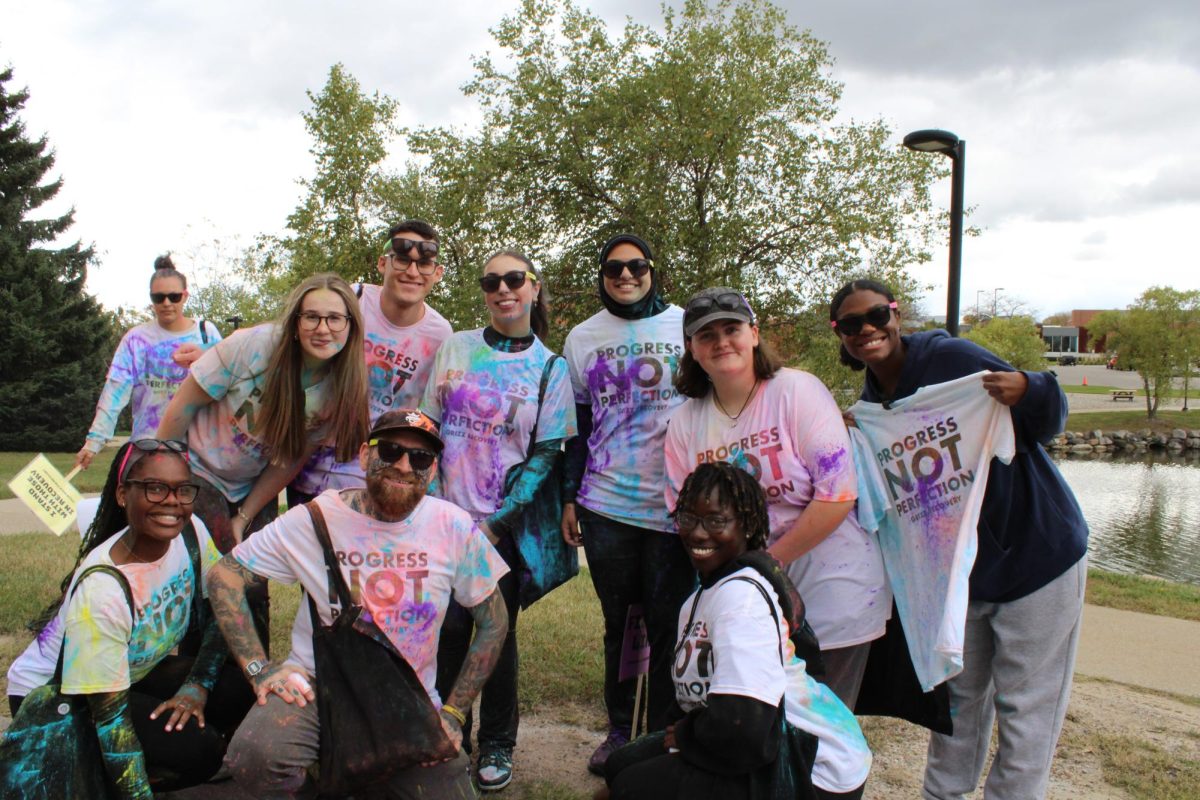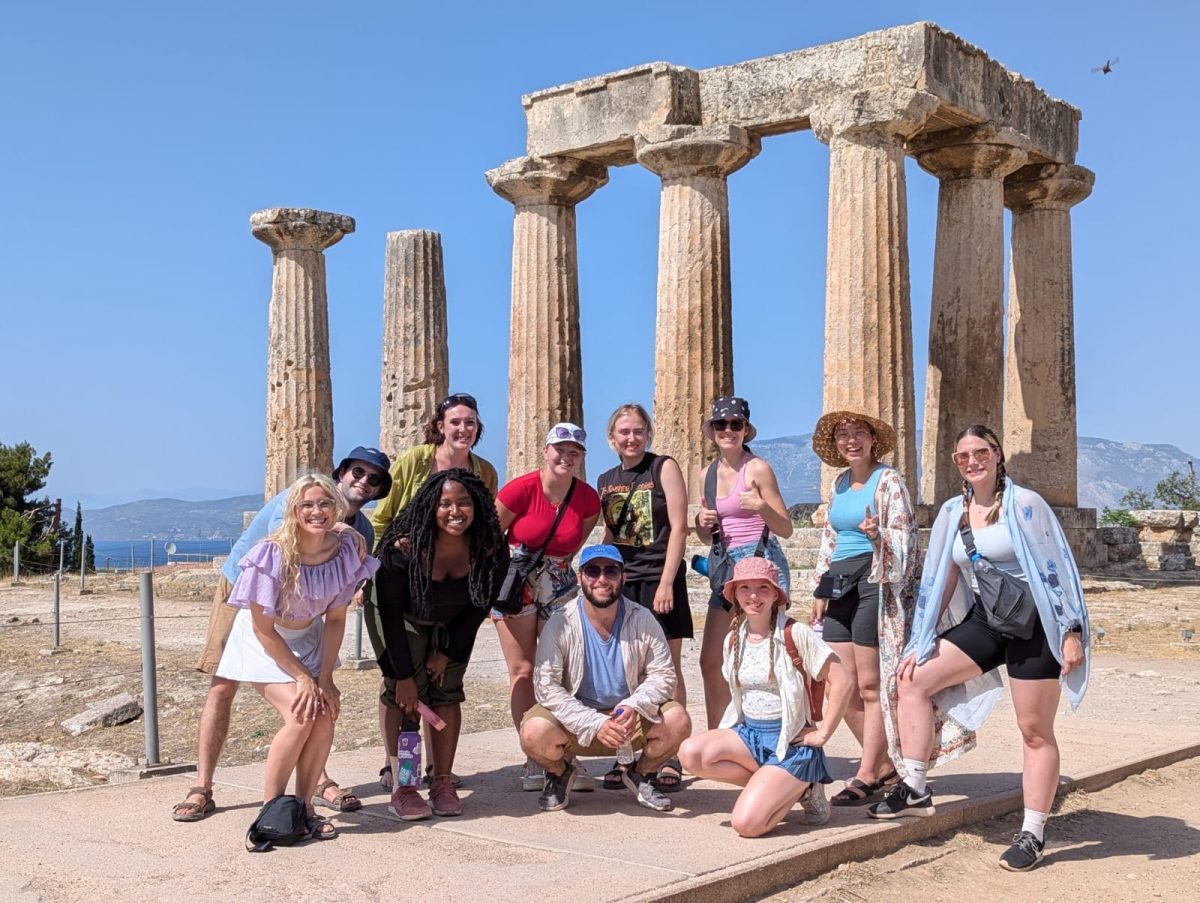The south side of campus may be known by the two golf courses planted within the biological preserves. Before the second course was built, a trail system had been the epicenter of outdoor recreation at OU and more than 40 years later, on April 18, it had its revamped grand opening.
“Today went really well, we got a good turnout and I’m glad people are just loving the trail,” Nicholas Skinner, Student Congress director of sustainability, said. “We want people to experience nature, to love nature so that they really start to care for it, so the next time they want to build a golf course, people are able to stop them.”
The three-mile loop starts along the desolate Parking Lot 35, behind the campus Native American Heritage site, Gidinawemaaganinaanig: Endazhigiyang.
“This [trail] is also kind of aligned with the Native American Advisory Committee’s work, which is about healing relationships with the land, and having access to these spaces on the campus,” Professor of American literature and culture, Andrea Knutson, said. “It allows for the broadening and expanding of those opportunities for native folks to practice their reciprocal relationships with the land.”
During the hour-long hike, students and community members were taught about the trail’s relevance for land rematriation, local ecology and community building history. Professors who have known the trails since the early 2000s would stop every other minute to point out wolf trees, admire frogs or talk about landmarks.
“The beaver dam, of course, is fantastic,” Knutson said. “Once you cross that bridge and after you’ve sort of seen this amazing work that the beavers have done to bring a wetland back to that part of the campus, the vernal pools on the hike are sublime.”
The many ephemeral ponds and vernal pools hidden between the golf courses and protected by the biological preserves were championed as biodiversity hubs serving not only local wildlife but also research projects.
“We saw ephemeral wetlands, actually multiple different types of wetlands,” Professor of Ecology and Biology, Thomas Raffel, said. “I’ve had students out here surveying frogs a number of times over the last several years, and we had them out again this year, and they found a whole bunch of them.”
Professor of Biological Sciences, Scott Tiegs, led the frog, snake and owl identification experience, with a mastery of local wildlife and ecosystems. Skinner explained that around 8 p.m., sightings of deer, turkeys and coyotes are more frequent.
“We want people to know about nature, to learn about nature, and to love nature even after going out of college,” Skinner said. “So that they go to national parks and enjoy environmental stuff, that’s kind of the whole point — there is a big picture part besides just a little trail.”
The trials have been part of Oakland University since the 80s, and were transformed in 2000 when the 8th hole R&S Sharf Golf Course opened. After years of neglect, the Ecology Club, faculty and hiking enthusiasts started revamping projects before COVID.
“Eventually it made its way back through deer paths and professors and just students going along for walks,” Skinner explained. “What we are hoping to do is get maps out there, more signage in areas that may need more care.”
More than a trail, Raffel described the reserve as “the most important academic resource we have on campus for doing outdoor education,” attesting to the efforts to make it flourish as much as it can.
“[Tiegs] is trying to raise money for invasive species removal, and I’m trying to get, you know, better signage and things so that people don’t get lost and don’t, don’t abuse the area,” Raffel said. “Faculty and students who want to organize classes or events that use the preserve should plan on doing so, but they should also talk to the Biological Preserve Committee about what they’re doing, so we can keep track of it.”






